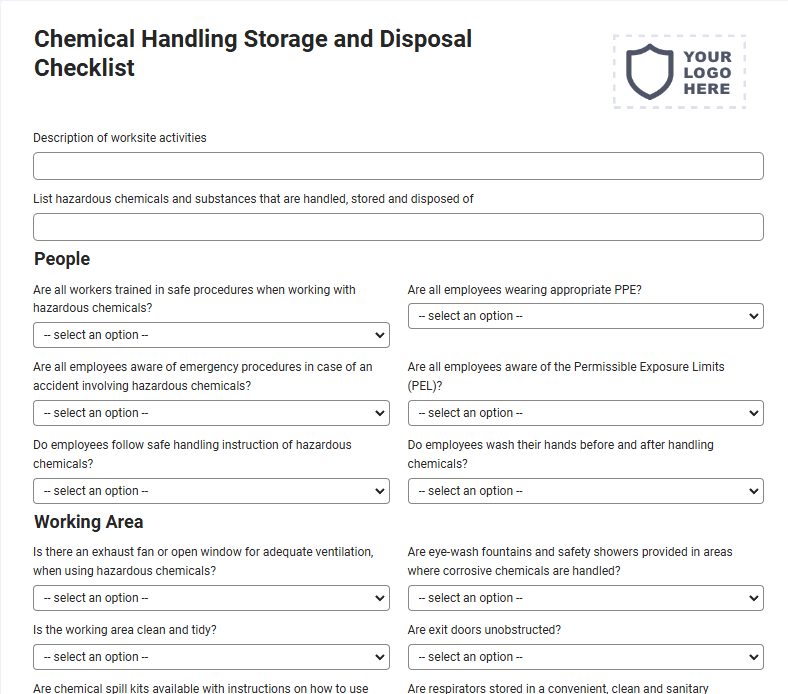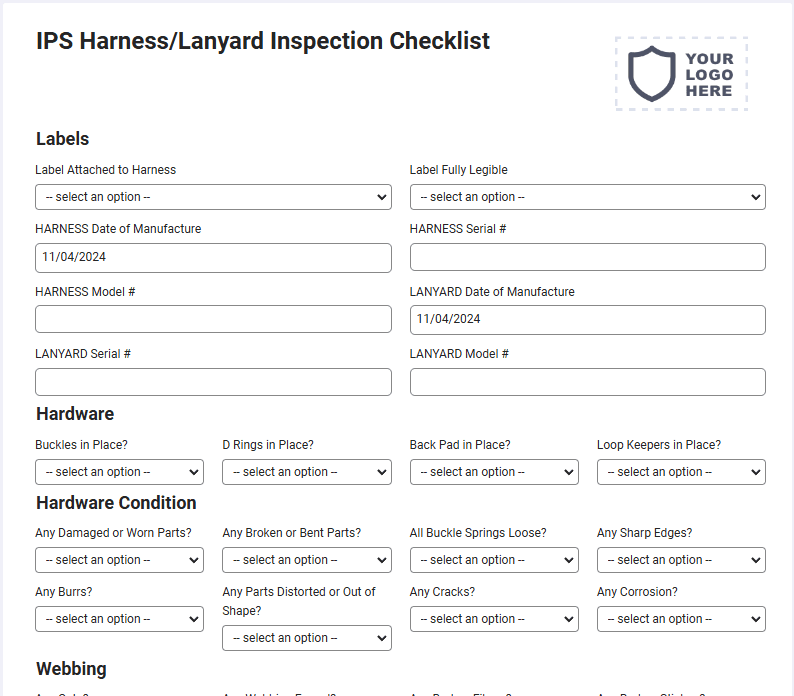FREE
Joint Commission Inspection Form
Maintenance
The Joint Commission requires facilities to perform and document proper NFPA and EP code inspections. This page provides a direct link to all the Joint Commission inspection forms (in electronic format) required to be completed in order to be a Joint Commission approved facility. These Joint Commission inspection forms are in accordance with the Environment of Care Matrix section EC. The form includes inspection and testing pages for devices EC.02.03.05 EP1, EP3, EP5, EP20, as well as EC miscellaneous and auxiliary.
*Please complete the qualifying fields on the next page to get full access to a copy of this form. Use this form on your mobile phone, tablet or download as PDF.
How it works
1
Activate your form
Sign up to activate your form(s), add your logo and company information. You’re all set to go.
2
Fill out on your device
Download and sign in to the mobile app to fill out forms on the go from any tablet or mobile device.
3
Save & store anywhere
All your form submissions are stored in your secure account for you and your team access, share, or download.
The Joint Commission mandates that healthcare facilities conduct and document thorough inspections in accordance with NFPA and EP code standards. This page serves as a centralized resource, providing direct access to all the required Joint Commission inspection forms in electronic format. These forms are essential for any facility aiming to achieve Joint Commission approval, ensuring compliance with the rigorous standards set forth in the Environment of Care Matrix section EC. The forms include detailed inspection and testing pages specifically tailored for devices outlined in EC.02.03.05, covering elements such as EP1, EP3, EP5, and EP20, as well as miscellaneous and auxiliary components. Each form is designed to facilitate comprehensive documentation, allowing facilities to accurately track their compliance efforts and maintain high standards of safety and care. By utilizing these electronic forms, facilities can streamline their inspection processes and ensure that all necessary documentation is completed efficiently. This not only aids in meeting regulatory requirements but also enhances overall operational readiness and patient safety. Accessing these forms is a crucial step for facilities dedicated to maintaining compliance and achieving accreditation through the Joint Commission.




